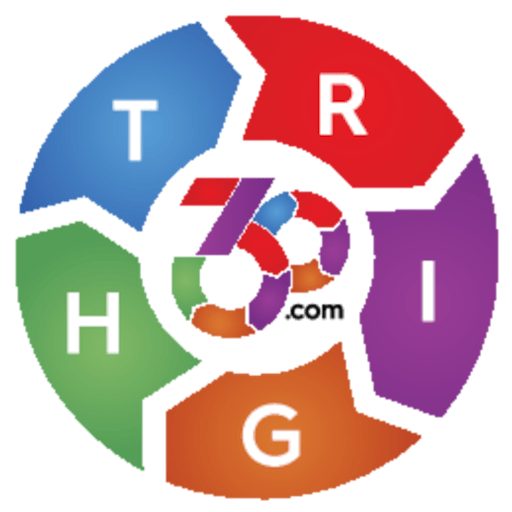-
Logical Strategy: Understanding Truth Tables.
A truth table is a tabular diagram representing combinations of logical expressions and their expected output. Truth tables are important in analyzing the effectiveness of various strategies by determining the logic of various choices or combinations. They assist the decisionmaker in choosing the most appropriate course of action by representing all possible outcomes in a structured manner.
Truth tables simplify decision-making, preventing the decisionmaker from experiencing decision fatigue. Truth tables can be very useful in analyzing risk and reward scenarios, for example, for a company entering a certain market.
However, using truth tables in decision-making requires knowing a complete set of choices and their outcomes. Since truth tables are based on binary logic, each statement must evaluate as either true or false.
For example, the statement “it is raining” evaluates to either true or false.
Two important truth table outcomes are a tautology, which usually evaluates to true, and a contradiction which always evaluates to false.
Using truth tables requires knowing your opponent’s possible reactions and their possible effects on your business.
For example, “a competitor’s drop in prices would lead to you losing customers.”
Additionally, truth tables require analyzing combinations of all possible combinations and the logic connecting them. Such a situation could be daunting when the task has many inputs, and their relationship is not clear. Usually, the number of rows to be evaluated equals to 2 raised to the number of inputs.
For example, evaluating n number of statements results in 2 raised to the power of n (2n).
Five basic logic connectors are logical conjunction (AND), logical disjunction (Inclusive OR), logical implication (Conditional), and logical biconditional (Double Implication).
Usually, two TRUE statements connected by logical conjunction (AND) translate to TRUE, while a FALSE and a TRUE statement connected by the same translate to FALSE.
For example, True AND True = True while True AND False = False and False AND True = False.
Similarly, any TRUE and False statements connected by logical disjunction (Inclusive OR) evaluate to True, while two false statements connected by OR evaluate to False.
Additionally, multiple statements could be connected using different logical connectors, such as:
True OR False AND True, which evaluates to True.
Truth tables are important for structurally presenting logical situations. They help decision-makers analyze complex logical situations and arrive at logical solutions. Truth tables ease the decision-making process by simplifying complex situations into simple logic that can be easily evaluated.
When testing the blue logic… make sure you apply some logic tests to identify the True or False in their claim(s).
Sorry, there were no replies found.
Log in to reply.

